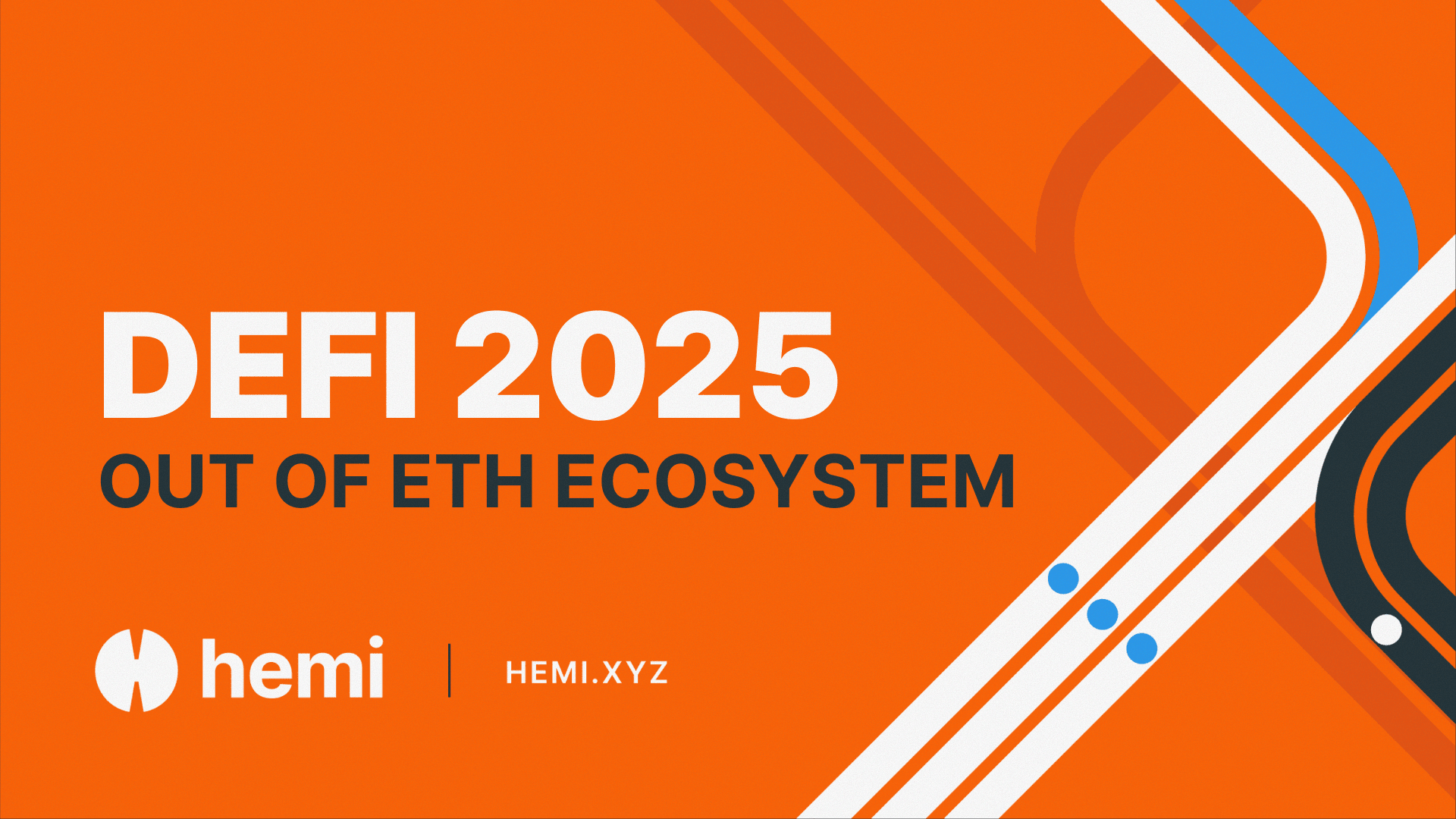I just reviewed the technical documentation of @Hemi Hemi Network and the most interesting part is the "tunnel" mechanism of the core connection system that helps this network maintain Bitcoin's security while still being as flexible as Ethereum.
@Hemi #Hemi
This mechanism is like the "underground bloodstream" of Hemi: it not only transmits data, but also allows two platforms that are completely different in structure to interact smoothly without compromising integrity or speed.
In essence, the tunnel is a cross-chain transmission layer designed to connect the security layer of Bitcoin (Proof-of-Work) with the smart contract execution layer of Ethereum (EVM).
This structure allows $HEMI to both "anchor" data to Bitcoin as an immutable source of validation — and to "operate" decentralized applications using the familiar EVM mechanism.
This is what makes Hemi completely different from traditional Layer-2 solutions, which only scale without expanding the communication capabilities between blockchain ecosystems.
When a transaction is made on Hemi, its data will go through three tunnel stages:
(1) Validation at the Bitcoin layer,
(2) Logic processing on hVM (Hemi Virtual Machine),
and (3) Synchronizing again with cryptographic proof to write back to the BTC network.
In other words, even the smallest transaction is "guaranteed" by the energy of Bitcoin, but processed as quickly as on Ethereum. The tunnel is the pathway that allows this entire process to occur in seconds instead of minutes as when sending data through a traditional bridge.
This mechanism is special in that it does not require a centralized bridge. In most current cross-chain systems, assets must be "wrapped" or "held" by an intermediary before being transferred to another network — this significantly reduces security.
But Hemi does not do that. Instead, the tunnel operates on a Proof-of-Proof (PoP) mechanism: each transaction or contract processed on Hemi will generate a "cryptographic certificate," proving that this transaction state has been validated by Bitcoin. When this data is sent back, Ethereum or other EVM-compatible networks can read and verify it without the need for a third party.
This creates a very strong effect: Bitcoin becomes the global security layer, while Hemi becomes the flexible computing layer running above it.
All applications, contracts, or payment streams occurring on Hemi are automatically "anti-fraud" by the BTC network itself.
And because the tunnel is designed in a parallel manner, thousands of data streams can be transmitted simultaneously without affecting performance.
I find the interesting point about Hemi tunnel is how it solves the trust problem in chain communication.
In the past, when wanting BTC to "talk" to ETH, we had to choose between safety and convenience.
If choosing safety, transactions will be slow (as multiple layers need to be confirmed). If choosing convenience, one must use bridges — which have already been hacked for billions of dollars.
Hemi breaks this deadlock by allowing chains to communicate directly by proof rather than transferring assets. Data, not tokens, is what is transmitted through the tunnel.
Another aspect that many people have not noticed: Hemi's tunnel is also a scalable sub-tunnel model.
That is, each major application can deploy its own "sub-tunnel" to optimize performance for specific cases — for example, a tunnel dedicated to stablecoin payments, a tunnel for AI agents, or a tunnel for NFT transactions.
These tunnels are still linked to the common validation system of Bitcoin, but operate independently in terms of speed and processing logic. Thus, Hemi maintains absolute security while scaling almost infinitely.
A very subtle part of this mechanism is how $HEMI manages costs and transaction delays. Thanks to the batch compression mechanism, hundreds of transactions can be processed in a single batch tunnel and verified by a root proof.
This significantly reduces the cost per transaction, almost equivalent to Layer-2s like Optimism, while still maintaining the immutability of data on Bitcoin.
Looking at it more broadly, Hemi's tunnel is not just technology, but a design philosophy. Instead of trying to build "a chain stronger than Bitcoin," they chose to make Bitcoin the common security foundation for the entire industry — and Hemi is the technical arm to execute that.
By turning BTC into a "layer of trust" and EVM into a "layer of action," Hemi is creating a multidimensional network where value, data, and operational logic can naturally move between systems.
From the user's perspective, you can imagine Hemi tunnel as a "highway" between Bitcoin and Ethereum.
When you send assets or activate contracts, the system does not need to go through intermediaries — everything is automatically validated by proof from BTC and executed instantly on EVM. Safe, fast, and cheap transactions — exactly the three factors that DeFi has always dreamed of.
And if everything operates as designed, Hemi tunnel could become the standard model for next-generation cross-chain communication: no more hacked bridges, no more wrapped tokens, just verified data transmitted smoothly across layers.
I think this is a very visionary direction, as blockchain cannot continue to develop as if "each chain is an island." Hemi is doing the opposite — building bridges with proof, not with trust.
And that is precisely why their tunnel mechanism is considered the foundation for a truly connected network between Bitcoin and Ethereum — safe, flexible, and open for the future of the entire ecosystem.







